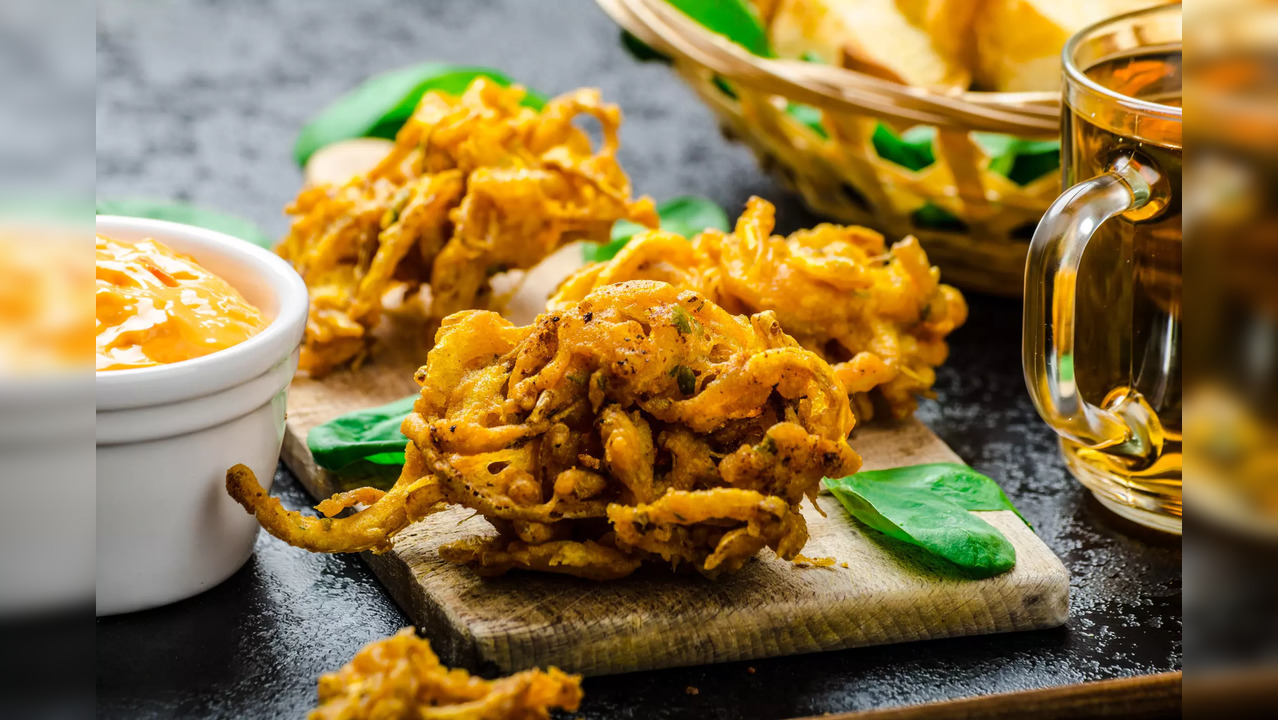Hot pakoras in monsoon rain may tempt your taste buds but they can have an adverse effect on your health. They can also invite diseases. Acidity increases in the weather due to rain. Due to which every type of food and water also becomes acidic, due to which the body’s agni remains completely weak. In the case of weak agni, whenever a person eats fried, spicy food like puri, pakoras, kachoris, bhaturas etc., then there is difficulty in digesting them. Along with this, more oil is used to fry such food, due to which they contain high quantity of calories and fat. Eating fried food regularly in the rainy season can lead to weight gain and problems like obesity.
Gastrointestinal diseases can occur
Gastrointestinal diseases that occur during monsoon are mainly due to drinking and eating contaminated water. Humidity and intense heat create ideal conditions for bacteria, viruses, and fungi to thrive and grow in both food and water. Sometimes, floods and overflowing drains mean that dirty water leaks into the fresh water supply and contaminates it.

Problems of indigestion and acidity increase
Apart from this, problems like heartburn, indigestion, and acidity also increase. Fried food does not provide nutrients to the body, there is little nutrition in them. Fried food does not provide any kind of nutrients to the body such as: protein, vitamins, minerals, etc. Excessive consumption of such food can also cause high cholesterol, heart problems, increased blood sugar problems or liver problems in the body.
Eat pakoras but be careful
Eat pakoras but be careful… Pure Desi Ghee can be a good option. It is suggested that A2 Ghee can be used best. This is ghee made from A2 cow milk and it is obtained from Indian breed cows. These include Sahiwal, Gir, Red Sindhi etc. A2 casein protein is found in their milk, hence the name A2. This milk is similar to the milk obtained from breastfeeding, buffaloes, goats and sheep.




